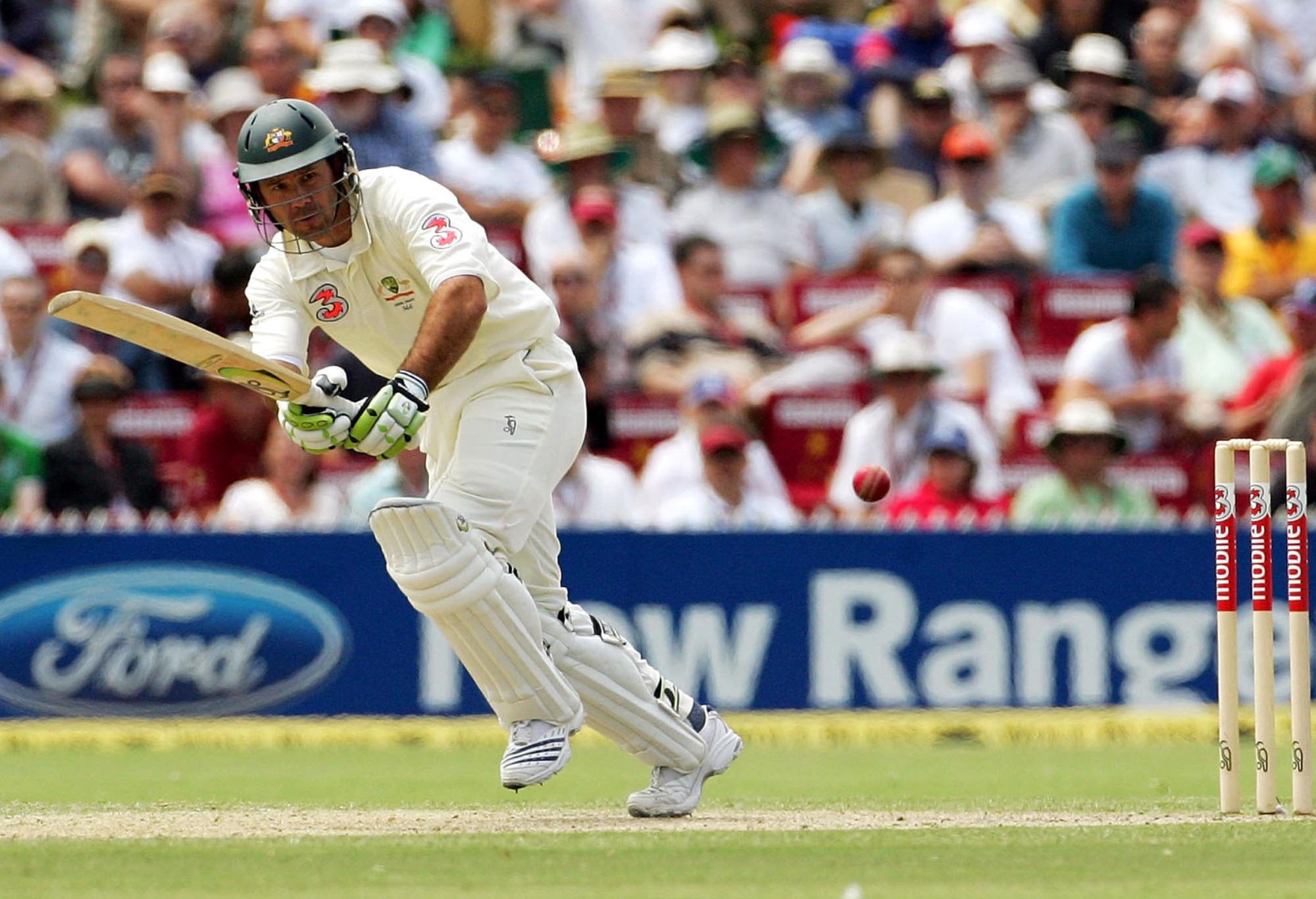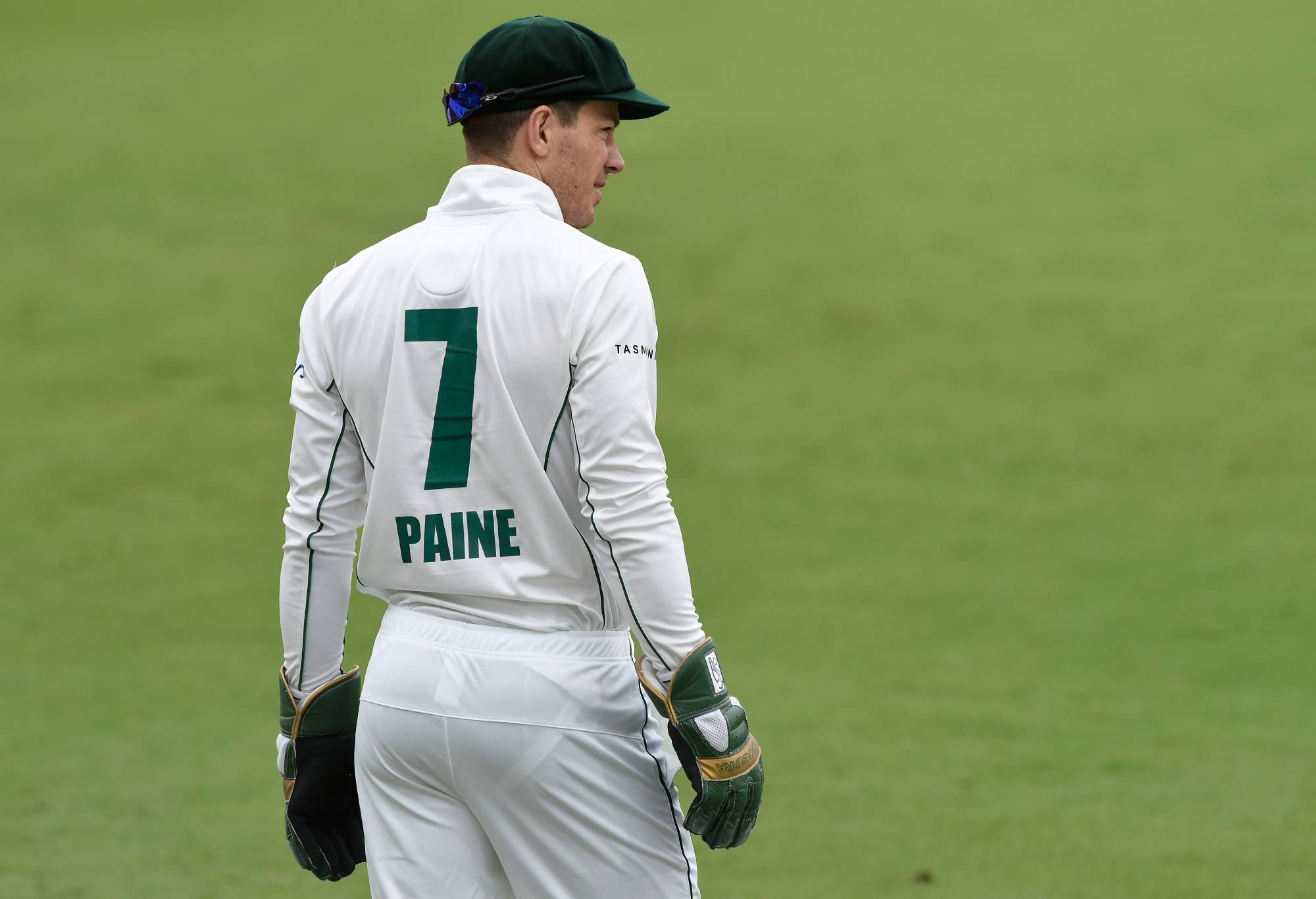The smallest state in Australia in terms of size and population can easily be dismissed, and yes, they may be lacking depth in some positions, which isn’t surprising given what they have to work with.
However, they do have some special cricketers who ended up forming a team that was much better than I originally anticipated.
Jamie Cox
One of the best players to never represent Australia, Cox was behind the likes of Matthew Hayden, Michael Slater, and Justin Langer.
He continued to ply his trade in Tasmania, where he became the second-highest run-scorer in the Sheffield Shield and was crowned the best player in the Pura Cup for the 2000-01 season. He never let the disappointment of not wearing the baggy green affect his play for his state.
Jack Badcock
Incredibly skilled, Badcock made his debut for Tasmania at just 15 years old and was one of the most talented players in state-level cricket. He toured England in 1938, where he scored comparably to Bradman in non-Test matches. He never managed to translate his state-level success to the national team, though he did notch a century in a Test against England in Melbourne.
David Boon
With his distinctive moustache and large frame, Boon was a constant in the Australian teams during the 1980s. With over 100 Test appearances and scoring over 7,000 runs at an average of 43.65, much of his success can be attributed to his square-cutting and pull shots and his ability to play spin well. Time and again, Boon came up big when Australia needed him most, such as with his 184 not out in the Bicentenary Test of 1988, or his 200 against the Kiwis at the WACA. Most people around the world describe Australian cricketers as having big hearts and a never-quit attitude, and Boon was a great example of that. Although his Test career did not get off to the best start as he was in a struggling Australian outfit, he was named Man of the Match in the 1987 World Cup Final.
Win a Ziggy BBQ for Grand Final day, thanks to Barbeques Galore! Enter Here.
Ricky Ponting (C)
Tasmania boasts not only the second-leading run-scorer in the Sheffield Shield, Jamie Cox, but also the leading run-scorer in Australian history, Ricky Ponting, and the second-most runs of all time behind Sachin Tendulkar. He averaged 54 in 27 Tests against the mighty India, including two double centuries. He also had the second-highest win percentage as captain behind Steve Waugh, and he is third for most centuries. Part of three World Cup-winning teams, Ponting’s name is scattered all over the record books. An aggressive batsman, Ponting’s hook and pull shots were deadly, and he had every shot in his toolbox, though he faced issues against spin bowling. Ponting is undoubtedly the greatest Tasmanian player.

Ricky Ponting. (James Knowler/Getty Images)
Matthew Wade
Wade has had quite the career, from wicketkeeper to Test batsman to T20 smasher. Although he is colourblind, he began his career with two centuries in his first ten Tests for Australia. As a wicketkeeper, he was dropped due to faults in his keeping, but he returned to Tasmania and scored plenty of runs, earning him a Test recall during the 2019 Ashes, where he hit two centuries to help Australia retain the Ashes. He later captained the Australian T20 team and became a destructive opening batsman in the shortest format of the game.
George Bailey
Continuing the theme of Australian limited-overs captains, George Bailey captained the Australian T20 team in 2012 and was even made captain on debut. Although he didn’t score big in the baggy green, he did post a decent half-century while batting down the order. Bailey’s best asset was his ability to obliterate a bowling attack in a couple of overs, providing a significant boost to the score. He was the second-fastest to reach 1,500 ODI runs, in just 32 innings, and could change a game in a matter of overs.
Tim Paine (WK)
Paine’s career was anything but normal, from becoming the youngest person ever to receive a Cricket Australia contract at 16 to almost giving the game away, only to play for Australia the following year. He ended up being captain after the ball-tampering scandal in South Africa, marking quite a rise. Paine was an expert with the gloves and could score runs quickly when needed, but he was more reserved later in his career. His importance in steadying Australia after “sandpaper gate” was often underestimated. His career ended in unfortunate circumstances due to off-field issues.

(Photo by Matt Roberts/Getty Images)
Ben Hilfenhaus
One of the greatest swing bowlers Australia has ever produced, Hilfenhaus could angle and guide the ball to the perfect spot time and again. It wouldn’t be accurate to describe him as a wicket-taker but rather as someone who bowled dot balls. His inability to stay healthy, mainly due to knee issues, has made him one of the biggest “what could have been” stories. He could reach speeds of 145kmph and swing the ball even when conditions were unfavourable. An example of his best was during a series against India where he took 27 wickets at an average of 17.
Max Walker
Often referred to as “Tangles” due to his unusual run-up, which looked all over the place, Walker was a great third wheel in the bowling attack alongside Dennis Lillee and Jeff Thomson. Although he was sometimes overshadowed by the other two great fast bowlers, he was more than capable of being the lead man, as demonstrated in the 1972-73 series against the West Indies, where he produced figures of 8 for 143 in the sixth Test. He spent six seasons in the VFL playing for Melbourne, where he earned a Brownlow Medal vote; he never played for Tasmania. Walker’s last-ever match was in the Australia v. New Zealand “underarm” game, where an Achilles injury forced him into retirement.
Doug Ring
The 1948 Invincibles are one of cricket’s most famous and talented teams, and many might forget that they had a burly and friendly spinner named Doug Ring. Tall and large for a spinner, Ring was more than happy to be hit around if it meant he could induce a mistake from a batsman leading to a wicket. He could have played more Test cricket if not for his service in the Army for most of his 20s, which resulted in a back injury and forced him to alter his bowling style. He played one Test in the 1948 tour, which was the last Test of the series and also Bradman’s last-ever Test.
Edgar “Ted” McDonald
Described as one of the finest fast bowlers from his era, McDonald could generate incredible pace even on dreadful pitches with vicious movement. He formed a deadly partnership with Jack Gregory during the 1921 Ashes, taking 46 wickets combined. The 1922 Wisden Cricket Player of the Year, McDonald apparently bowled with such force that he broke opposition bats and intimidated opponents. Although he played only 11 Tests, his average of 16.57 highlighted his dominance in the limited time he played.
12th Man: Alex Doolan
An elegant shot-maker who was great to watch, Doolan idolized Ricky Ponting and formed many great partnerships with his idol while playing for Tasmania. Doolan finally made his Test debut after a string of fabulous performances for Tasmania. On debut, he scored 89 against South Africa, which was impressive given he was facing Dale Steyn at the peak of his powers. Unfortunately, his career fell from there, and he played only three more times after that.
13th Man: Greg Campbell
The uncle of Ricky Ponting, Campbell made his Test debut after taking 36 wickets in a first-class season for Tasmania. He didn’t have a great debut but did bounce back a few years later, recording figures of 5/138 against Sri Lanka and 3/79 in an innings against Pakistan. Campbell struggled with a wrist injury for much of his career, which prevented him from translating his first-class form to the Test match arena.
Tasmania’s side boasts a surprisingly good bowling attack with three dangerous seamers that can match other states.
The batting will be led by two Australian greats Boon and Ponting, who can be envisioned forming wonderful partnerships.
Add to that a combination of Bailey, Wade, and Paine to incorporate T20-style batting that can blow away any team or, potentially, backfire.
Either way, they would be entertaining to watch.
>Cricket News

%20(3).jpeg)




0 Comments